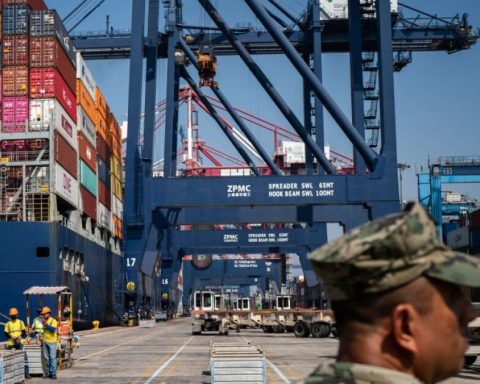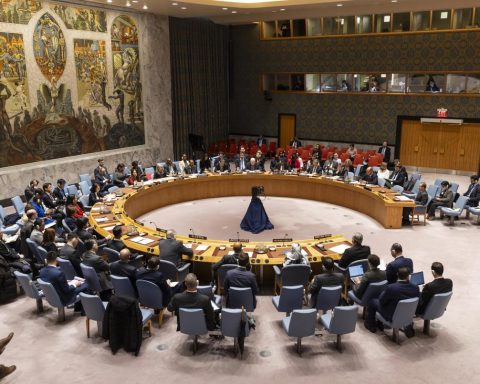According to the White House, in March 2018, Trump used the authority granted by section 232 of the Commercial Expansion Law of 1962 to impose a 25% tariff on steel imports and 10% on aluminum. These measures, says the US government, were key to promoting the recovery and reinvestment in the country’s steel industry, also avoiding the collapse of the primary aluminum sector.
However, it is noted that exemptions and legal gaps allow the evasion of these tariffs, which has reduced their effectiveness.
“Countries such as Argentina, Australia, Brazil, Canada, Japan, Mexico, South Korea, the European Union, Ukraine and the United Kingdom received exemptions, which prevented tariffs from having the expected impact,” the report said.
The United States Department of Commerce ensures that the 2018 tariffs caused a wave of investments in the country, with more than 10,000 million dollars committed to the construction of new plants. The renewed tariffs under section 232 seek to support the original objective of revitalizing national steel and aluminum industries, reaching a sustainable use of the productive capacity of at least 80%.
Although the steel industry briefly achieved an 80% use in 2021, the commercial pressure after the Covid-19 pandemic affected national production. In 2022 and 2023, the use of capacity fell to 77.3 % and 75.3 %, respectively. The high volume of imports from tariff countries is a key factor in this fall.
As for aluminum, the capacity use rate increased between 2017 and 2019, from 40% to 61%. However, since 2019 it decreased constantly, lowering 61% to 55% between 2019 and 2023.
The United States does not want to be in a situation in which the demand for national defense and critical infrastructure in an emergency cannot meet.
Aceres indicate specific products
The Secretary of Economy, Marcelo Ebrard, indicated that imports from the United States from Mexico of Steel are not increasing, on the contrary, they were reduced in recent years, but the United States industry points out that the increase is observed in certain products.
The market share of Mexico in steel ducts, for example, has gone from around 2% to 20% from 2020.
The United States Aceres indicate that imports replace local manufacturing often companies lose contracts with their buyers, which already leads to dismissals and less use of capacity.
For the United States industry, Mexico’s actions have been particularly devastating for American producers, including the alleged violations of the 2019 joint steel agreement.
This agreement required Mexico to limit its steel export volumes to the 2015-2017 levels (2.8 million tons) in exchange for the elimination of section tariffs. Mexico levels are above 3 million tons.













